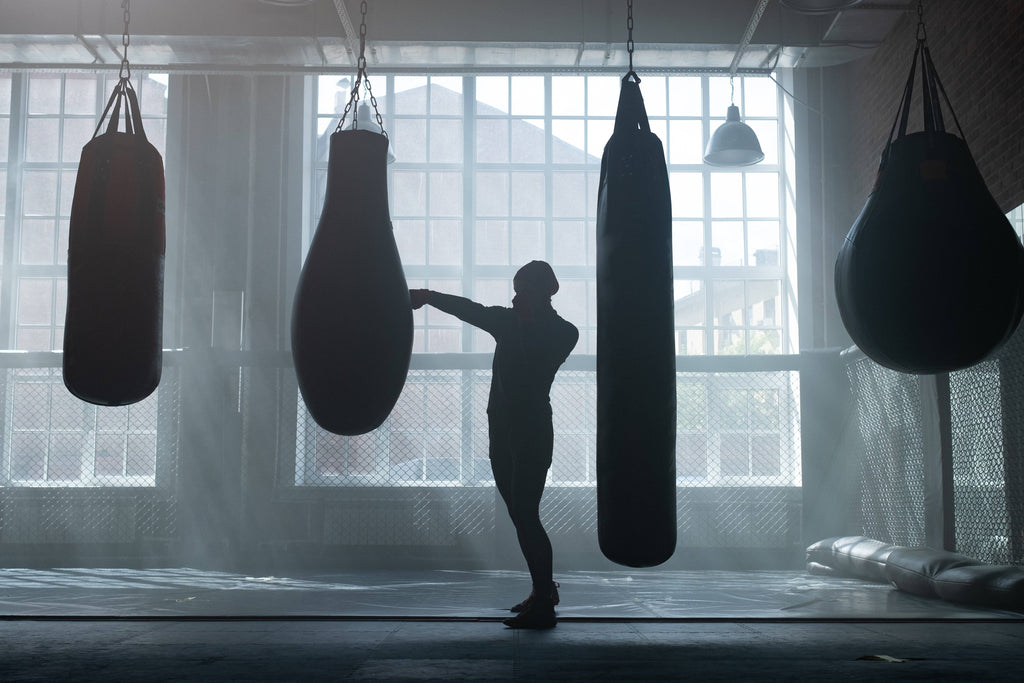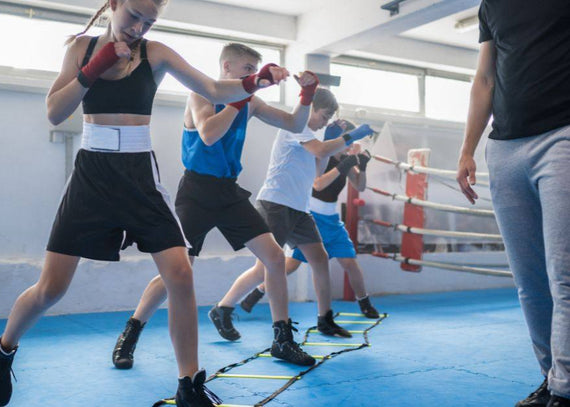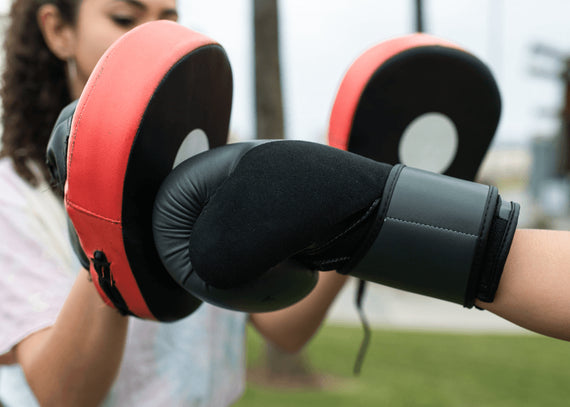If you're looking for an effective way to train your boxing skills, then hanging a punching bag is a great option. However, in order to get the most out of your training sessions, it's important to properly hang the bag. In this blog post, we'll cover the key steps involved in properly hanging a punching bag for a safe and effective training experience.
Ideal location for hanging a punching bag
The ideal location for hanging a punching bag is in a space with enough room for you to move around and throw punches without hitting any obstacles. A garage, basement, or dedicated training room are all excellent options. Make sure that the space is well-ventilated and has good lighting to ensure safety and visibility during your training sessions.
When it comes to mounting and hangers, there are several options to choose from. Ceiling mounts are a popular choice, but you'll need to make sure that your ceiling is sturdy enough to support the weight of the bag. Wall mounts are another option and can be a good choice if you don't have a suitable ceiling. Free-standing punching bags are also available and are a great option if you don't have a space to mount a bag. Whatever option you choose, make sure that the mount or hanger is securely attached to the surface and can support the weight of the bag.
Types of mounts and hangers
There are different types of mounts and hangers available for punching bags, including bolt-down mounts, beam mounts, and chain mounts. Bolt-down mounts are attached to the ground and provide a stable base for the punching bag. Beam mounts, on the other hand, are attached to a beam or joist in the ceiling and are a good choice if you have limited space. Chain mounts are another option and allow for easy adjustability of the height of the bag.
Adjusting the height of the bag
Adjusting the height of the bag is an important step in hanging a punching bag. The height should be based on your height and fighting style. Generally, the bottom of the bag should be at waist level, but if you're taller or prefer a higher target, you can adjust the height accordingly. Make sure that the bag is not too high or too low, as it can affect the effectiveness of your punches and kicks.
Maintaining and caring for your punching bag
Proper maintenance and care of your punching bag is also important for longevity and safety. Make sure to inspect the bag regularly for any tears or damage and replace it if necessary. Keep the bag clean by wiping it down with a damp cloth and using a leather conditioner to prevent cracking. Finally, store the bag in a cool, dry place when not in use to prevent mold and mildew growth. By following these key steps, you can safely and effectively use a punching bag for your training needs. It is always a good practice before use you always check the hanger where its been bold to, and what it is hanging off, that it is secure, and nothing has loosen over time.
To sum up, properly hanging a punching bag involves choosing the ideal location, selecting the right mount or hanger, and adjusting the height based on your height and fighting style. It is also crucial to maintain and care for your punching bag to ensure longevity and safety. Remember to inspect the bag, keep it clean, and store it in a cool, dry place, always check the hanger where its been bold to, and what it is hanging off, that it is secure. There is no movements or wear and tear. Regularly check for damage,. A heavy bag is not only useful for boxing but also for kickboxing and martial arts. It is an excellent tool for improving strength and cardiovascular fitness. By following these guidelines, you can safely and effectively use a punching bag for your training needs.





